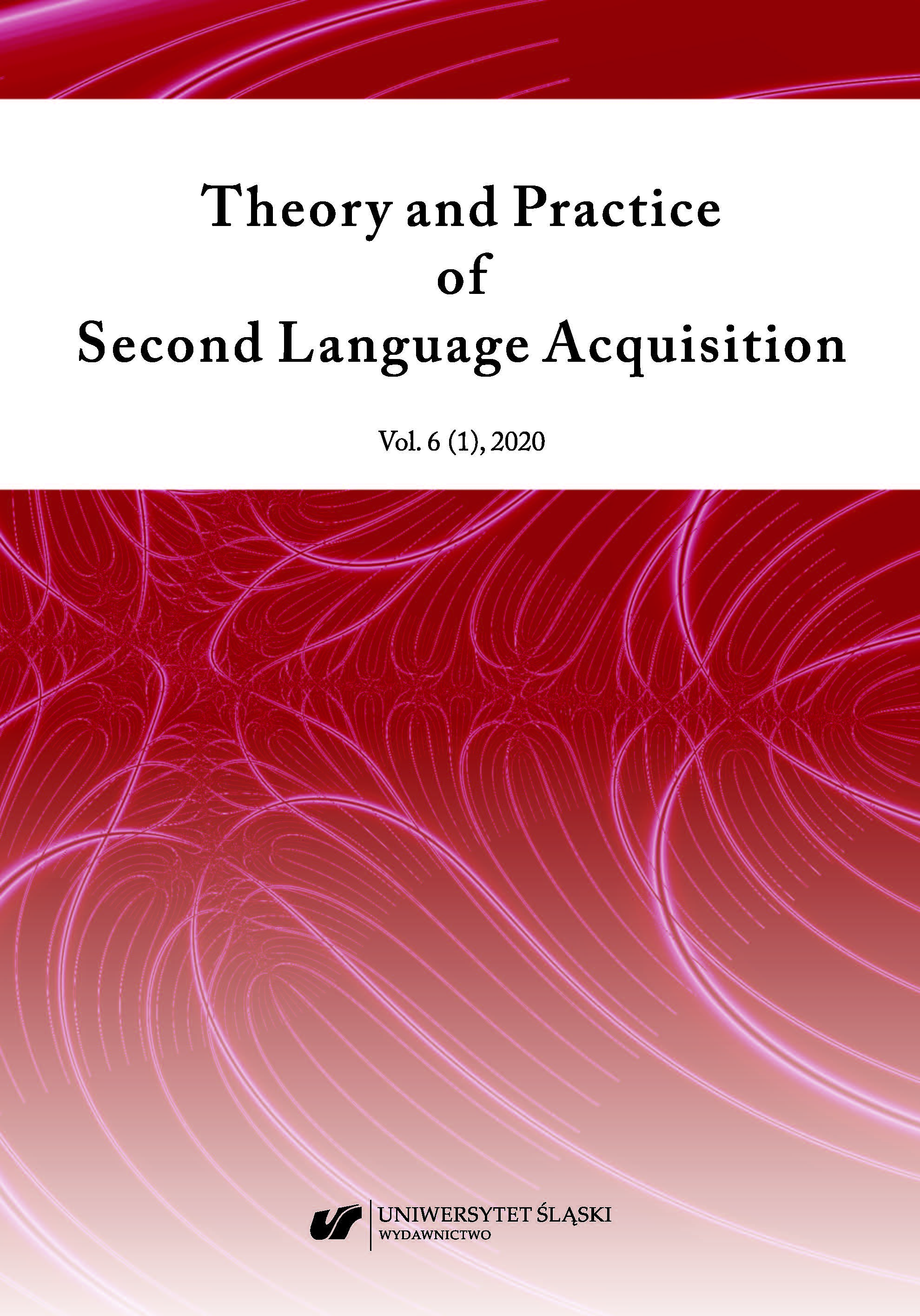

 https://doi.org/10.31261/tapsla.7740
https://doi.org/10.31261/tapsla.7740
The aim of the present study is to investigate communication strategies used by twenty upper-primary school students in two types of interactions in Spanish. In the first phase of the study, students were paired with level and aged matched peers. Their task was to describe how to get to the particular place of the city on the basis of the map. During the second part of the study, they conducted short interviews with Spanish native speakers. Those two types of interactions were recorded and then transcribed in order to find out what communication strategies were the most commonly used by participants. The results clearly show that, even though participants were beginner learners of Spanish, they managed to successfully convey the message with the help of a wide array of communication strategies. Depending on the dyad students worked in, they used a variety of methods that enabled them to interact in those pairs. The most conspicuous differences were observed in terms of appeals of help and switches to English (L2) and Polish (L1).
Download files
Citation rules

Vol. 6 No. 1 (2020)
Published: 2020-06-08
 10.31261/tapsla
10.31261/tapsla